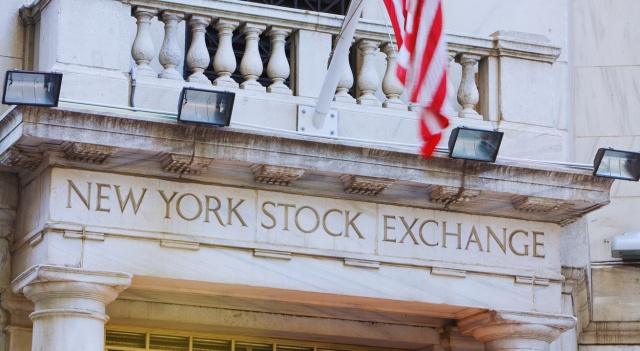U.S. stock indexes fell today due to concerns over rising jobless claims, wiping out early gains. The S&P 500 slipped by 0.25% as economic data revealed jobless claims reached an eight-month high. Trade deficit numbers improved, but mixed signals on productivity and labor costs created uncertainty ahead of key employment data expected later this week.
The U.S. stock market took a downturn today, with major indexes losing their early momentum. The S&P 500 fell by 0.25%, the Dow Jones was down 0.34%, and the Nasdaq 100 experienced a 0.13% decline. E-mini S&P futures also declined by 0.23%, while E-mini Nasdaq futures were down 0.11%. The reversal came after new data revealed a rise in jobless claims, marking an unexpected increase to the highest level in nearly eight months.
Initially, stocks had risen on optimism surrounding potential easing of trade tensions between the U.S. and China. A media report from China’s state-run Xinhua indicated that Presidents Trump and Xi Jinping had a phone conversation, which sparked hope for a resolution. Additionally, the U.S. trade deficit for April narrowed to a 20-month low, providing a potential boost to second-quarter GDP figures.
Interest rates are also at play, as expectations for eventual Federal Reserve rate cuts are seen as a positive for stocks. The yield on the 10-year Treasury note fell to a four-week low of 4.31%. However, this optimism was tempered by news that weekly initial unemployment claims rose by 8,000, reaching 247,000, deviating from predictions of a drop to 235,000.
Aside from jobless claims, the trade deficit contraction to $61.6 billion in April was better than the anticipated $66 billion. However, revisions to first-quarter productivity showed a decline from -0.8% to -1.5%, while unit labor costs increased from 5.7% to 6.6%. Such mixed economic signals were evident in the comments from Minneapolis Fed President Neel Kashkari, who stated that he believes it is essential to wait for more data before making firm decisions on interest rates.
The market anticipates only a slim chance—about 1%—of a rate cut during the upcoming FOMC meeting planned for June 17-18. Moving forward, investors will be closely monitoring any updates regarding trade negotiations, especially as Friday’s nonfarm payrolls report is expected to show an increase of 125,000 new jobs, with the unemployment rate projected to remain steady at 4.2%. Additionally, average hourly earnings are expected to rise by 0.3% month-on-month.
On the international front, stock markets were mixed. The Euro Stoxx 50 index dipped by 0.18%, while China’s Shanghai Composite gained 0.23%, reaching a one-and-a-half week high. Japan’s Nikkei Stock 225 closed down 0.51%.
In interest rates news, the September 10-year T-notes remained unchanged today. However, the yield dipped to 4.353%. T-notes had earlier seen gains, propelled by strength in European bonds following the European Central Bank’s rate cut. They lost ground later as stocks climbed amid easing trade fears. Also weighing on T-notes was the decline in U.S. productivity figures.
European government bond yields showed a mixed bag today. Notably, the yield on the 10-year German bund rebounded to 2.550%, while the UK gilt yield dipped slightly to a low of 4.589%. Eurozone producer prices also fared poorly, falling by 2.2% month-on-month. In contrast, German factory orders showed an unexpected rise of 0.6% month-on-month.
The ECB’s recent decision to cut the deposit facility rate reflects concerns about economic growth, with indications that further downward risks loom for the Eurozone. Meanwhile, investors are speculating about a 42% chance of another 25 basis point cut at the upcoming ECB meeting on July 24.
In individual stock movements today, shares of Brown-Forman fell more than 15% after it reported fourth-quarter net sales that were substantially below expectations. PVH Corp saw a 17% decline due to lowered earnings forecasts. Tesla shares dropped over 5% as its vehicle shipments from China fell significantly year-on-year. On the contrary, MongoDB saw an impressive surge of over 15% after exceeding earnings expectations. Dollar Tree even gained about 3% following an upgrade from JPMorgan Chase.
Overall, today’s market activity highlighted the ongoing tension between labor market data and investor expectations, with worries about future growth weighing on sentiments. It is clear that traders are now navigating through some very mixed economic signals as they look ahead to upcoming reports and global developments.
